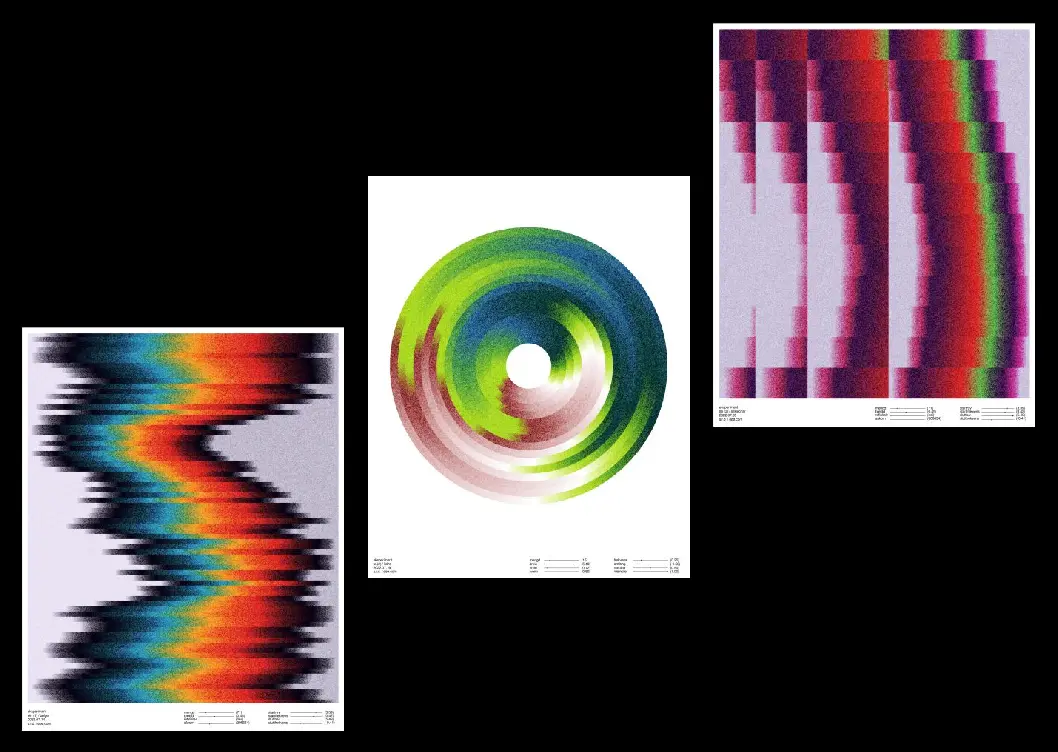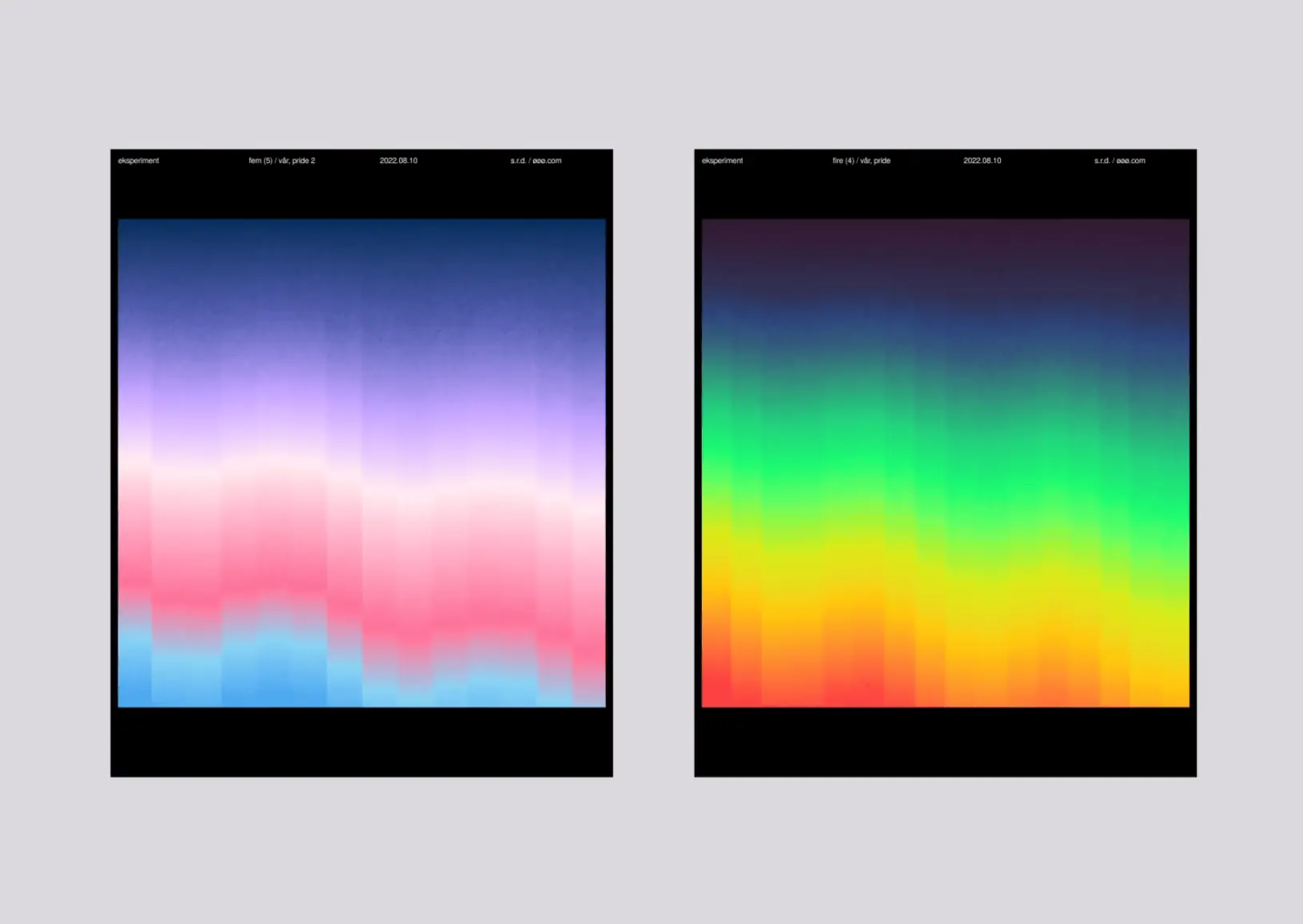We meet Símon on a Spring Day in Amsterdam. After a little rain shower, the sky breaks up and we sit down on the terrace of a cafe to talk about his journey through the realms of design, web development, and creative coding, and the importance of blending disciplines for exceptional outcomes.
Símon, you work in a very particular niche at the intersection of tech and design. How did you end up being a creative developer?
"My path into creative development was a bit of a meander. Starting with graphic design, my interest quickly spread to web design, which naturally led me to dive deep into front-end development. However, I found myself oscillating between design and development roles, working as a UX and interaction designer at times. It wasn't until my tenure at WeTransfer that I realized I didn't have to choose between design and development—I could thrive at their intersection."

Learn Skills on the Job
It sounds like you're mostly self-taught. How has that shaped your career?
"Initially, I learned on the job, tackling projects that, in hindsight, I might not have been fully prepared for. This approach helped me learn quickly and build confidence, even if it meant adopting a 'fake it till you make it' mentality. In the industry it’s really helpful in general to have some confidence that maybe you shouldn’t have - that sounds like a really bad tip, haha. Though I later pursued formal education in interaction design, the bulk of my skills and knowledge comes from hands-on experience and personal exploration."

Simon's work for House Captain
Embracing Freelance for Personal Freedom
From a well-paid job at WeTransfer to freelancing. Why?
"Moving to freelance was driven by a desire for creative and operational freedom. I wanted to escape the confines of corporate politics and the limitations imposed by fixed work environments. Freelancing has allowed me to focus on projects that genuinely interest me and work in a manner that aligns with my preferences and values."
The creative industry allows for—and benefits from—the blending of skills and perspectives. Being 'a jack of all trades' isn't a shortcoming but an asset.
Creative Process Driven by Language
How does your creative process unfold, especially when working on identities?
"My process often starts with the exploration of words and their meanings. I delve into dictionaries and thesauruses, looking for words that capture the essence of a brand or project. This linguistic foundation guides the visual development, helping to create identities that are not only visually compelling but also rooted in conceptual meaning."

Simon for WeTransfer's ideas report
Constraints are Good
You've mentioned that too much freedom can be counter productive. Tell us more.
"Constraints are invaluable in my creative process. They provide direction and focus, helping to generate innovative solutions within defined boundaries. By embracing constraints, I can explore the essence of a project and integrate it into the identity, resulting in work that is both unique and authentic."
Advice for Aspiring Creative Developers
Something you would have wished to hear at the beginning of your career?
"Don't feel compelled to limit yourself to a single discipline. The creative industry allows for—and benefits from—the blending of skills and perspectives. Being 'a jack of all trades' isn't a shortcoming but an asset. Embrace your varied interests, and don't shy away from projects that push you to learn and grow.
If there’s one thing I wish I’d been told at the start of my career, it's that you don’t have to confine yourself to just one discipline.
Whether your interests lie in architecture, graphic design, creative development, or even backend development, you can explore and combine these areas. The creative process is highly formative and not at all as final as choosing a study direction might seem. You can always shift gears, try new things, and still gain valuable insights. Blending disciplines not only enriches your craft but also fosters a deeper understanding and innovation in your work. Being creative is akin to maintaining a childlike curiosity and a willingness to learn and experiment. If you're not learning or trying new things, you're not truly embracing creativity. Essentially, being open to diverse disciplines and continuous learning fuels true creativity."







